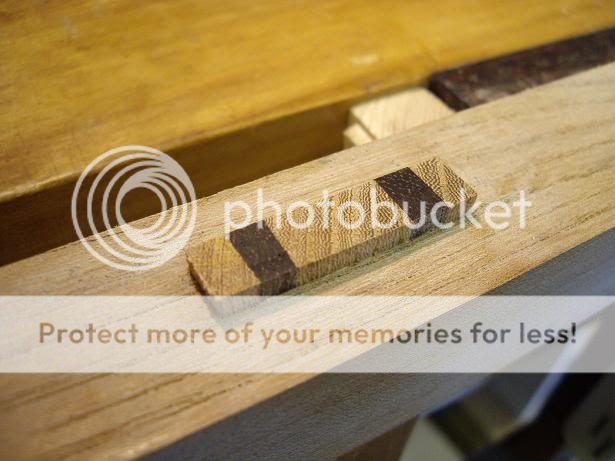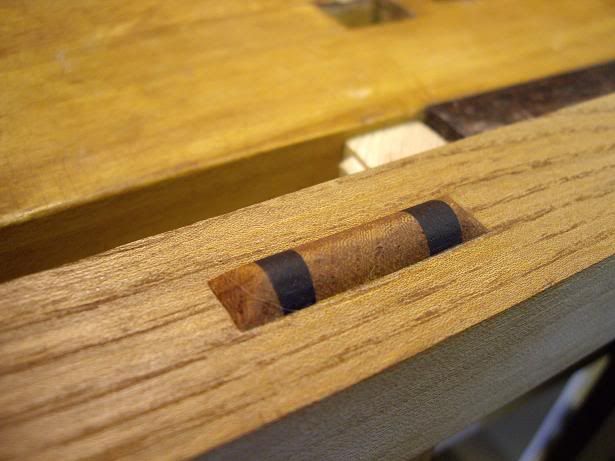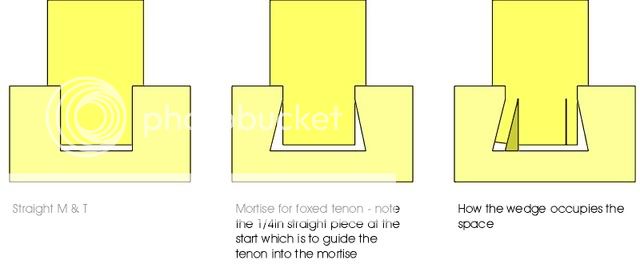dunbarhamlin
Established Member
Watched Mr Cosman's M&T DVD last night. Got me thinking. Any rules of thumb for when you'd bore through the bottom end of the kerf-for-the-wedge as a split inhibitor?
(Got a little something from Mr Iles too - can report that lapping D2 not a problem)
Cheers
Steve
(Got a little something from Mr Iles too - can report that lapping D2 not a problem)
Cheers
Steve




































